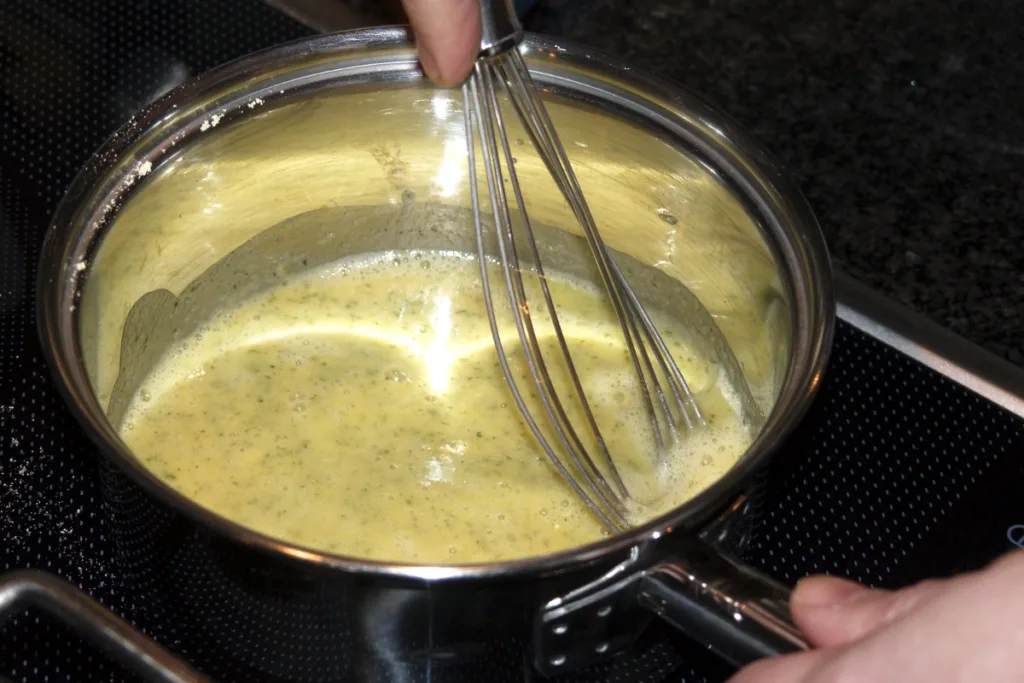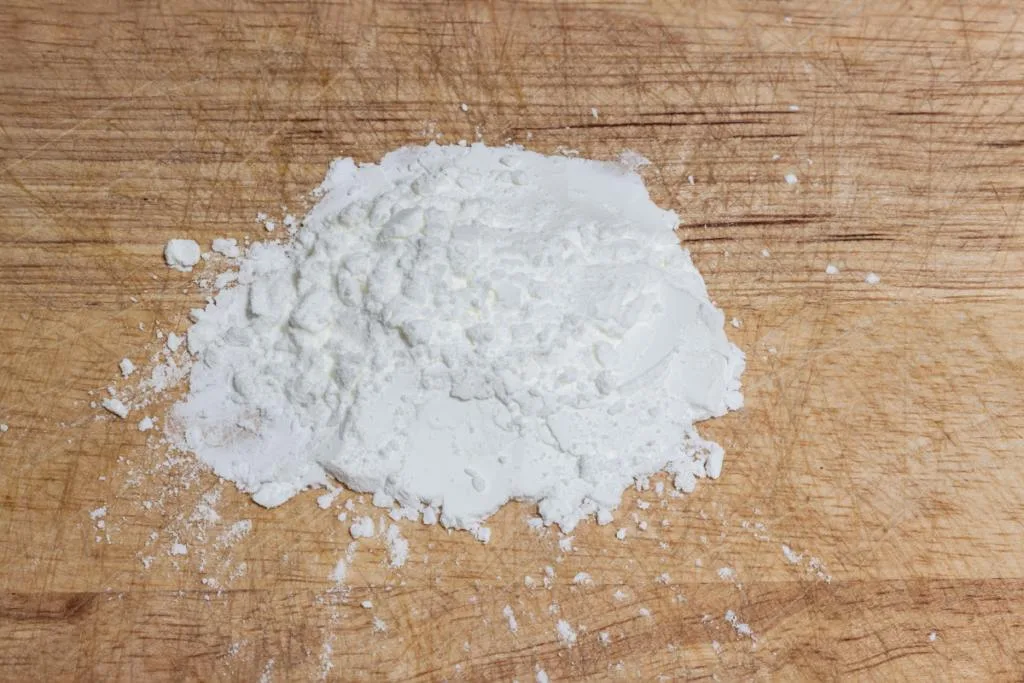A thick and rich gravy sauce is just as essential as having cutlery to eat. From delicious roast to shepherd’s pie, none feel complete without an iconic thick homemade sauce. The right gravy consistency will win job promotions or cause you to lose them, so it’s best to get it right. But mistakes happen, and things can go south quickly in the kitchen, like an overly spiced sauce or a runny one.
This is why you’ll need some ways on how to thicken gravy sauce in your back pocket. Two of the most popular techniques are the use of roux and cornstarch. These are just many of the few methods I’ll be going over to thicken gravy sauce. But before diving further, let’s explore what gravy sauce is and the reasons why it can become too thin so you can avoid it in future creations.

Jump To
What Is Gravy?
It’s a sauce that’s often served as a topping or side dish to complement dishes like roasted meats, mashed potatoes, and vegetables. It thickens by combining cooked meat juices with thickening agents such as flour or cornstarch.
It can also be tailored to individual taste preferences by using a variety of meats like chicken, beef, or turkey and by adding herbs and spices to enhance its flavor.
Though the texture of gravy may vary according to personal preference, as some people prefer a thicker gravy, while others prefer a thinner consistency. The thickness of the gravy can be adjusted by adding more or less the thickening agent that you want to use.
Issues That Cause Thin Gravy
Have you ever experienced the frustration of making gravy only to end up with a thin or watery sauce? It can be disheartening, especially after putting in so much time and effort to prepare a delicious meal. Here are some issues that can cause your regrettable situation:
Insufficient Roux
Using enough roux is the key to a perfect gravy mixture. When there isn’t enough roux, the gravy can turn out thin and runny. That’s why it’s crucial to prepare an adequate amount of roux for the amount of liquid you’re using.
Too Much Liquid
Excess liquid in gravy sauce leads to a thin consistency. This can be because of too much water or a lack of thickening agents. To fix it, reduce the liquid or add more agents slowly while stirring. But starting over completely may be necessary.

Not Cooking Long Enough
To avoid thin and runny gravy sauce, I cook it on low heat for a while and add enough thickening agents like flour or cornstarch. Stirring regularly helps to prevent lumps and ensure even thickness. If the sauce is still thin, I create a slurry of flour or cornstarch with cold water and slowly add it while stirring.
Not Enough Seasoning
Seasoning can also have something to do with why it’s runny. If you don’t add enough salt or other seasonings, your gravy may end up watery and tasteless, as salt helps to draw out moisture from the ingredients, which thickens the sauce.
Ways to Thicken Gravy Sauce
Reduce and Simmer
Reducing and simmering sauce is a very common technique that results in a thicker and more flavorful sauce. As the gravy sauce is simmering over low heat, the liquid evaporates, reducing the overall volume and increasing the thickness. This concentration of flavors makes the sauce richer and more flavorful.
Add Cornstarch
This starch helps to absorb liquid and forms a gel-like substance, resulting in a thicker sauce. But can even give the sauce a slightly cloudy appearance. Yet despite this, it’s a quick and easy way to achieve a smooth and velvety texture in sauces. All you need to do to use it is mix it with water to create a slurry and add it slowly to the hot sauce while stirring continuously. Adding too much cornstarch can result in a sauce that’s too thick or gummy, so keep that in check.

Add Flour
Flour is another popular and affordable thickening agent, though it does contain gluten. It helps by absorbing liquid and creating a smooth, velvety texture. To use flour as this sauces savor, create a roux by mixing equal parts flour and fat and cooking it until it turns golden brown. Slowly whisk the roux into the hot sauce to thicken it. Flour is versatile and works well in stews, casseroles, and lighter sauces.
Add Tapioca
Tapioca is a neutral-flavored starchy substance derived from the cassava plant that can also be used to thicken a runny gravy sauce. It’s also gluten-free and a good source of carbohydrates, making it a very versatile and healthy ingredient for all use cases.
All it requires is mixing it with cold water to create a slurry and add it to the hot sauce. The tapioca absorbs the liquid and swells up, thickening the sauce without creating a cloudy or pasty texture.

Add Potato Starch
This is another starch that’s a gluten-free powder extracted from potatoes that can thicken sauce. By mixing it with cold water to create a slurry and adding it to the hot sauce while stirring continuously, the starch absorbs the liquid and thickens the sauce without creating a cloudy or pasty texture. Potato starch is also a good source of carbohydrates and adds natural sweetness to the sauce.
Add Pureed Vegetables
Pureed vegetables are a healthy, flavorful, and convenient way to thicken gravy sauce. Just cook and puree vegetables like carrots, onions, or mushrooms and add them to the sauce. The natural starches and fibers in the puree thicken the sauce while adding flavor and nutrition.
